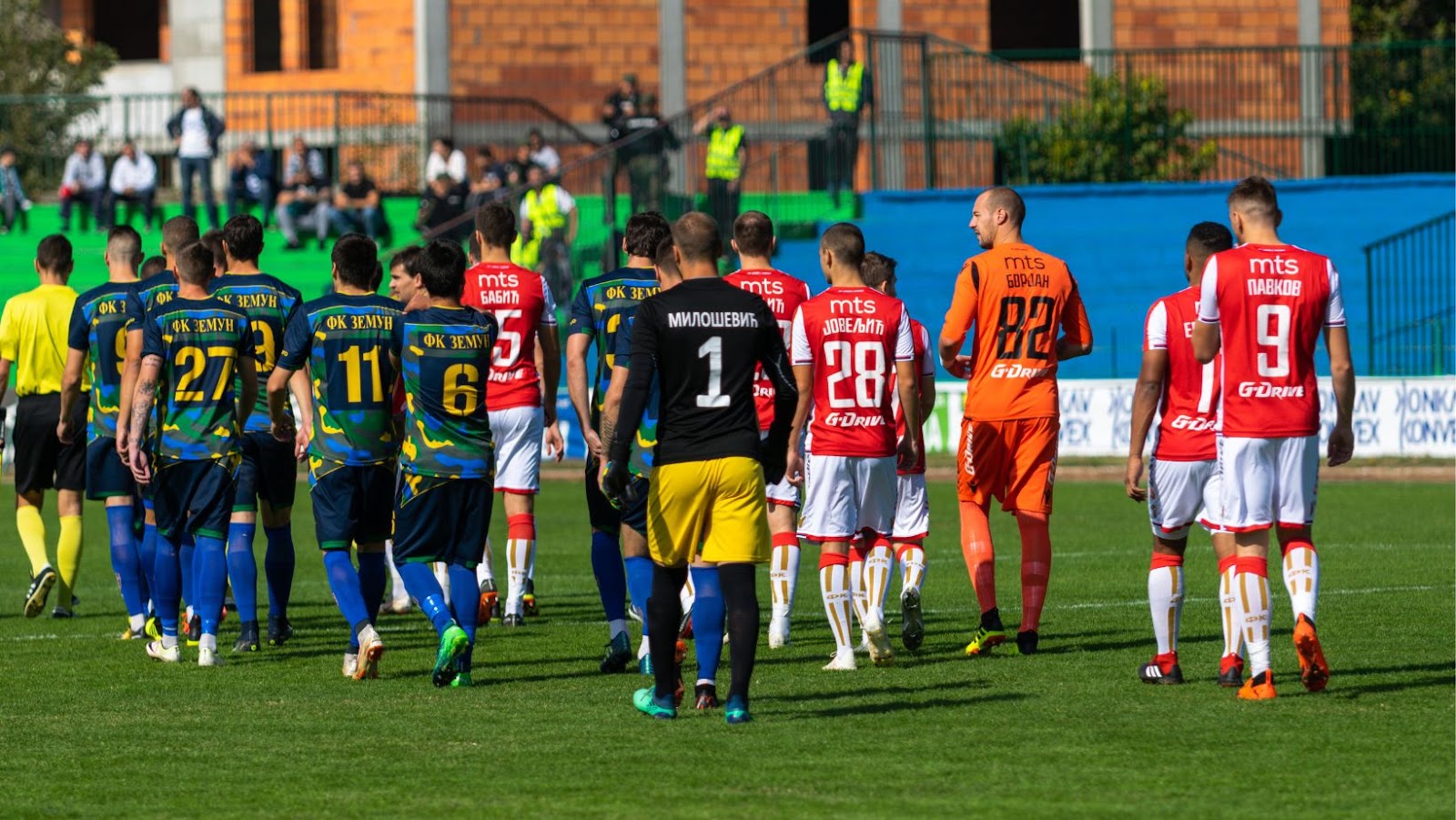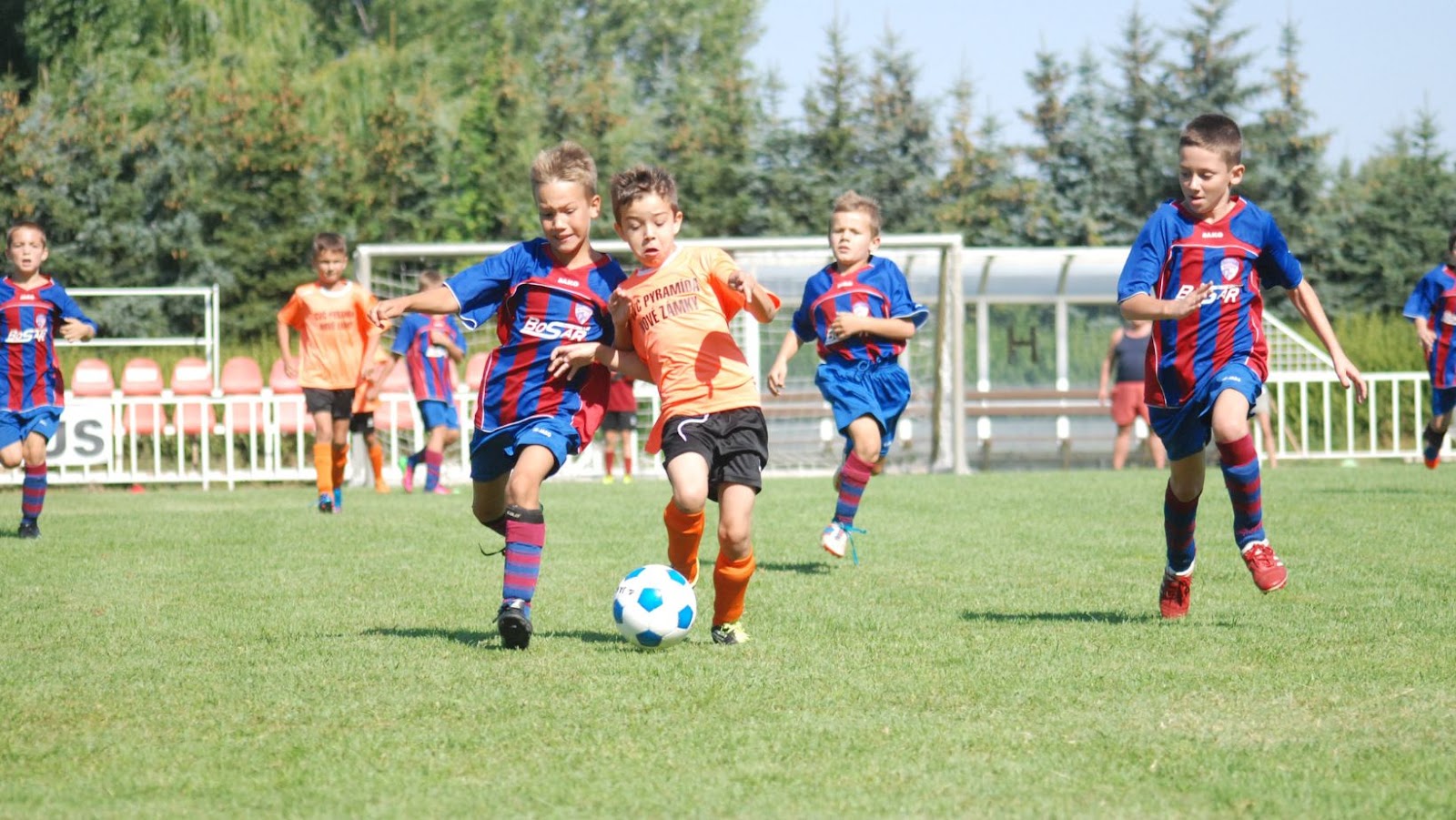How Many Players on a Youth Soccer Team
There is no definitive answer to the question of how many players should be on a youth soccer team. The ideal team size depends on a number of factors, including the age and skill level of the players, the size of the playing field, and the number of coaches and parental volunteers available.
In general, smaller teams are more manageable and provide more opportunities for each player to touch the ball and be involved in the action. However, smaller teams may also have difficulty competing against larger teams. For this reason, it is important to consider the skill level of the players when determining team size.
Age is another important factor to consider when deciding on team size. Younger players tend to have shorter attention spans and may become easily frustrated if they are not constantly involved in the game. Older players, on the other hand, may become bored or restless if they do not have enough to do during a game. The ideal team size for a particular age group will vary depending on the abilities and interests of the players.
The size of the playing field is another important consideration when determining team size. If the field is too small, there will not be enough space for all of the players to run around and play properly. If the field is too large, the players may become spread out and it may be difficult for them to stay connected to the action. An appropriate balance must be struck between these two extremes in order to provide an enjoyable and challenging game for all involved.
Finally, it is important to consider the number of coaches and parental volunteers available when determining team size. Smaller teams require less supervision and may be easier to manage with a limited number of adults available. Larger teams may need more adults in order to ensure that all of the players are properly supervised and receive adequate attention.
The Pros of a Large Team
A large team can provide more opportunities for each player to get touches on the ball and be involved in the game. With more players on the team, there are more options for the coach to choose from when it comes to lineups and substitutions. A large team can also lead to a more competitive environment and can push players to improve.
More Players Means More Fun
When it comes to sports, more players generally means more fun. This is especially true for team sports. If you have ever played a sport by yourself, you know that it can be quite boring. With team sports, there is a built in support system of teammates that make playing the game more fun.
In addition, more players on a team also means more people to interact with. This can lead to stronger bonds being formed between teammates. These bonds can last a lifetime and can be one of the most rewarding aspects of playing sports.
More Players Means More Opportunities to Score
Adding more players to a soccer team gives each player more opportunities to handle the ball and to score goals. With more players on the field, there are more options for making plays and for finding open players. Additionally, having more players allows for substitutions so that players can rest when needed and come back into the game fresh.
More Players Means More Variety in Positions
In a large team, there are simply more children to choose from when it comes to filling out positions. This is especially helpful for teams that require specialist positions, such as goalkeepers. With more players on the team, there is also more room for substitutions, meaning that no player will become too fatigued during a game.
The Cons of a Large Team
A large team can be difficult to manage and coach. With too many players, it can be hard to give everyone the attention they need and deserve. Additionally, large teams often have a lot of drama and cliques can form. This can lead to conflict and hurt feelings. Let’s explore some of the other cons of having a large team.
More Players Means More Chaos
While a larger team may seem like it would have an advantage over a smaller team, in reality, more players often means more chaos. With more people comes more noise, more distractions, and more opportunities for things to go wrong. When you’re trying to focus on the game, it can be tough to tune out everything else that’s going on around you.
In addition, large teams can be difficult to manage. It can be hard to keep everyone organized and on the same page, which can lead to confusion and frustration. When things get chaotic on the field, it can be tough for the coach to get everyone back on track.
Ultimately, the size of a team is less important than how well they work together. A small team that is cohesive and communicates well will usually outperform a large team that is disorganized and unfocused. In the end, it’s up to the coach to decide what size team will work best for their players.
More Players Means More Conflict
While it might seem like more players on a team would mean more people to be friends with, this isn’t always the case. In fact, large teams can often lead to more cliques and social conflict. With more people comes more drama, and that can be a big problem for team cohesion.
Another potential downside of large teams is that they can be difficult to manage. With so many people to keep track of, it can be tough for coaches and other team leaders to give everyone the attention they need. This can lead to problems with communication and make it difficult to develop a strong sense of team identity.
More Players Means More Time Spent on the Bench
One of the main cons of having a large team is that players will spend more time on the bench. This can be frustrating for children who want to be actively playing. In addition, more time on the bench can lead to more behavioral problems because children may become bored or restless.

Another con of having a large team is that there may be less opportunity for each player to touch the ball or be involved in the game. This can result in some players feeling left out or unimportant. If a child is not getting enough touches or involvement in the game, they may lose interest and focus.
Finally, having a large team means more expenses for the coach or parents. More players means more money spent on things like equipment, uniforms, and gas for travel to games and tournaments.
The Pros of a Small Team
A small team enables each player to get more touches on the ball. They also learn to be more versatile and play multiple positions. Smaller teams are more intimate and each player gets more attention from the coach. The cons of a small team are that they may not have the depth to compete against bigger teams and they may not have as much fun.
Fewer Players Means More Playing Time
One of the biggest issues parents have with putting their children in youth soccer is that they don’t want their kids to sit on the bench. They want their kids to play, and rightfully so. Soccer is a fun game, and kids should be out there enjoying it. The problem is, there are only so many positions on the field, and not every child can play all the time. That’s where the benefit of a small team comes in: fewer players means more playing time for each child.
On a large team, it’s not uncommon for some kids to play the entire game while others sit on the bench. This can be frustrating for both the children who are sitting and for the parents who are watching. Smaller teams offer a more balanced playing time, which can make for a more enjoyable experience for everyone involved.
In addition, smaller teams often provide more opportunities for each child to Touch the Ball . This is important because it helps Kids Improve Their Skills . On a large team, some players may get very few touches of the ball during the course of a game simply because they are not in position to receive it as often as other players. If a child is never given the opportunity to handle the ball, he or she will never have a chance to improve his or her skills. A smaller team gives each player more opportunities to receive and control the ball, which ultimately leads to better skill development.
Fewer Players Means More Cohesion
Much like in business, a winning sports team is only as good as its weakest member. With fewer people on the team, it’s easier to identify and correct weak areas. There’s also more opportunity for each player to learn every position, which makes the team more cohesive as a whole. And when every member knows how to play every position and works together well, it’s easier to make quick decisions and strategies on the field – something that can make all the difference in close games.
Fewer Players Means More Intensity
When there are fewer players on a team, each one is required to play more intensely for the entire game. With more players, there are more opportunities for breaks and down time. On a smaller team, every player is expected to give 100% effort at all times. This improved effort leads to an overall better performance from the team.
The Cons of a Small Team
A small team limits the number of players who can be on the field at one time, which can lead to players getting tired more easily. A small team can also limit the number of plays that can be run, as there may not be enough players to execute them effectively.
Fewer Players Means Less Fun
Youth soccer is all about having fun and encouraging kids to be active. When you have fewer players on a team, it takes away from the fun factor. There are less people to pass to, fewer people to celebrate with after a goal, and less overall excitement.
Fewer Players Means More Pressure
Smaller teams typically mean that each individual player feels more pressure to perform. With fewer players on the field, there is less room for error and each player is counted on to do his or her part. This can be especially challenging for young or inexperienced players who may feel overwhelmed by the responsibility.

Fewer Players Means Fewer Options
With fewer players on a team, each player is relied on more to play multiple positions and play both ends of the field. This can cause some serious fatigue issues come game time. Also, if one or two players are not able to make the game, the team may be at a significant disadvantage.
Conclusion
In conclusion, the ideal team size for youth soccer players depends on a number of factors. The age and experience of the players, the level of competition, and the coach’s preference all play a role in determining the best team size. However, most experts agree that smaller teams of around 10-12 players are more conducive to developing individual player skills and teamwork than larger teams.
